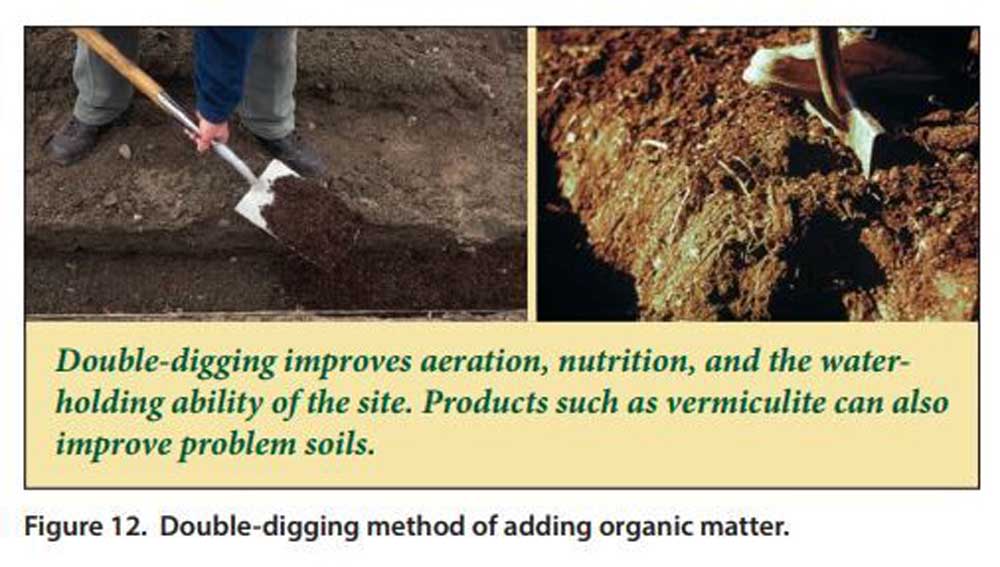Master Gardener: What, no tiller?
Published 5:30 am Saturday, February 26, 2022

- Double-digging
Not all of us are lucky enough to own a rototiller, but do not despair. There is a simple but time consuming hand method called “double-digging” that will give us the same results. The tools you will need are a spade, digging fork, rake, wheelbarrow and a board long enough to span the bed and wide enough to stand on. String and stakes for guides are also helpful to keep those rows straight. You start by digging a trough about two spade widths across and as wide as you desire the bed to be. This trough should be no more than 6 to 8 inches deep. The topsoil removed from the trough should be placed in the wheelbarrow until you come to the end of your bed. This topsoil will be used to fill the last trough you dig. Once the topsoil is removed, you use a digging fork to loosen the next layer of soil called the subsoil. This is done by sinking the fork into the subsoil and doing a “waggle” motion back and forth. This loosens the compacted subsoil and expands the root zone and additional 6 to 8 inches.
At this point you should add your amendments such as compost, manure or fertilizer to the top of the loosened subsoil in the first trough. By placing the board at the edge of the next trough to be dug, you can stand with your weight distributed resulting in less soil compaction as you dig. This trough should be a continuation of the first trough. The topsoil from the second trough is placed on top of the subsoil of the first trough. You will notice that this results in some mounding of the first trough due to the addition of the amendments and the loosened subsoil. Once the topsoil from the second trough is removed, you break up the subsoil and add amendments as before. Reposition your board and begin digging your third trough. You continue in this manner until you reach the end of your bed. Once the subsoil in the last trough is loosened and amendments are added you will add the topsoil from the first trough. Use a rake to smooth the bed. The bed should be slightly raised maintaining a clear distinction between your garden bed and your walkways.
In the double-digging process it is important to understand that the microorganisms responsible for breaking down organic matter into usable minerals for plant development are found in the first 6 to 8 inches of topsoil. Therefore, the topsoil needs to remain the topsoil. After the initial double-dig, it should be repeated about every three to five years. Side forking or single digging annually is sufficient for established beds. Happy gardening.






